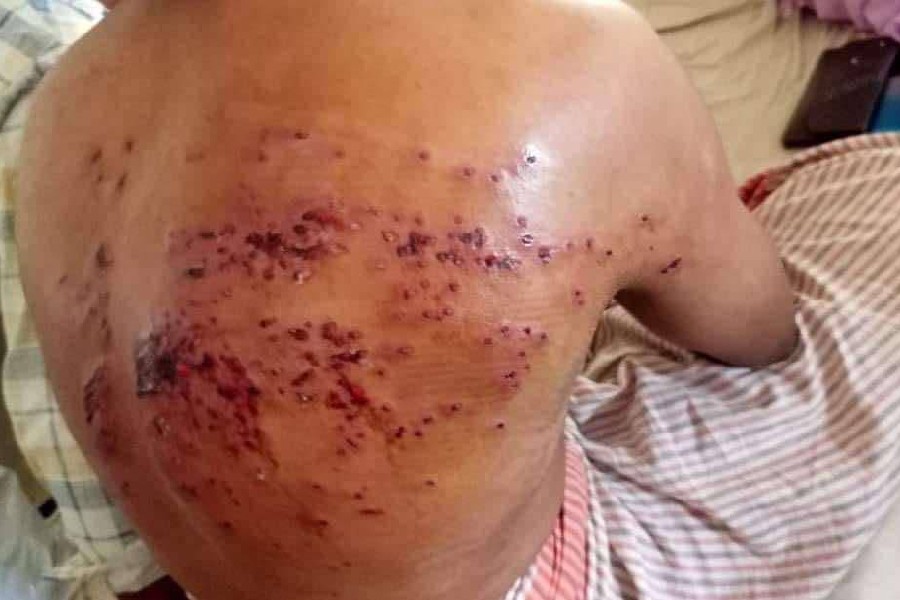Breast cancer patients with high levels of certain immune cells in their tumours have lower recurrence risk and higher survival rates, researchers said on Tuesday in a study, bolstering evidence for emerging predictive tests.
The study led by researchers in France and the US has corroborated in patients with “triple-negative” breast cancer — similar observations made earlier in patients with various malignancies — that immune cells called tumour-infiltrating lymphocytes (TILs) influence recurrence and survival.
Triple-negative breast cancer accounts for about 15 per cent of all breast cancers and is common among women of African-American, Hispanic and Indian descent. TILs are naturally occurring immune cells that can move from the bloodstream into tumour cells and destroy the tumours.
Doctors say TIL levels inside tumour cells may be used as predictive markers for recurrence and survival and to guide treatment which in stage 1 breast cancer typically involves chemotherapy before or after surgery. Treatment strategies are currently determined by tumour size and whether the cancer has spread to lymph nodes, among
other factors.
“TILs are not currently measured or reported in the routine examination of tissue samples of breast cancer,” Mathew Goetz, a medical oncologist at the Mayo Clinic in the US and member of the study team, said in a media release issued by the clinic.
Goetz and his colleagues at the Mayo Clinic and the Gustave Roussy cancer centre in France analysed data from 1,966 patients with early-stage triple-negative breast cancer who had undergone only surgery with or without radiation therapy but had not
received chemotherapy.
Five years after the treatment, 95 per cent of patients with high TILs in their tumours were alive compared with 82 per cent of patients with low TILs in their tumours. The breast cancer recurrence rates were significantly lower among patients with high TILs.
“The results of this study could lead to a recommendation to include TILs in the pathology reports of early-stage triple-negative breast cancer worldwide,” said Robert Salgado, a co-lead researcher in the study.
The TILs have the potential to guide doctors and patients when they discuss treatment options, Salgado said in the media release.
The researchers plan to use TILs as biomarkers for clinical trials that evaluate chemotherapy options based on patients’ TIL levels. The goal would be to determine whether patients with high TILs and thus favourable prognosis might avoid intensive chemotherapy regimens.
“TILs are an important class of predictive biomarkers for survival in cancer,” said Aanchal Kakkar, additional professor of pathology at the All India Institute of Medical Sciences, New Delhi, who has led studies in India showing high levels of TILs improve survival in oral cancer.
In a study on 50 patients who had undergone surgery for oral cancer, Kakkar and her colleagues at the AIIMS found patients with high levels of a TIL subgroup called CD8 cells and low levels of another class of TILs called FOXP3 cells had higher survival rates.
“Our study indicated that some subsets of TILs are more clinically relevant to outcome than others,” Kakkar told The Telegraph. Their study was published last September in the Journal of Clinical Pathology. “We’ve started routinely assessing TILs patterns in some patients with oral cancer,” she said.
Salgado said the first indications that an increased count of immune cells is associated with better outcomes in breast cancer patients had emerged from the Mayo Clinic nearly 100 years ago. In recent years, TILs have been shown to be possible predictive markers for recurrence or survival in breast, colorectal, gastric, and oral cancers.











